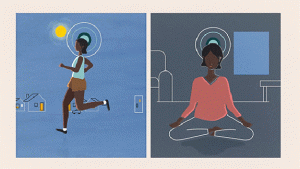
Nowadays, many people have a heart to exercise, but it is difficult to spare a complete period of time to exercise from morning to night. Some people worry that exercise at night is too exciting to sleep, and even say that exercise at night is equal to chronic suicide
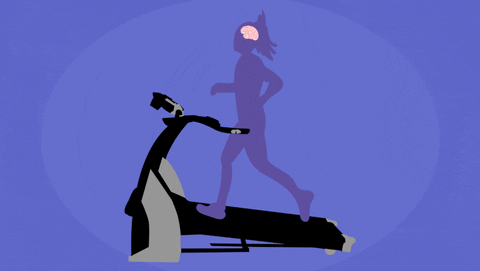
However, according to a study published in the Swiss scientific journal sports medicine, exercise at night not only does not damage the quality of sleep, but also increases the length of deep sleep.
Exercise at night to help sleep and carry hunger
A study published in sports medicine, the top scientific journal of Swiss sports, shows that moderate exercise at night basically does not have a negative impact on sleep, but also improves sleep.
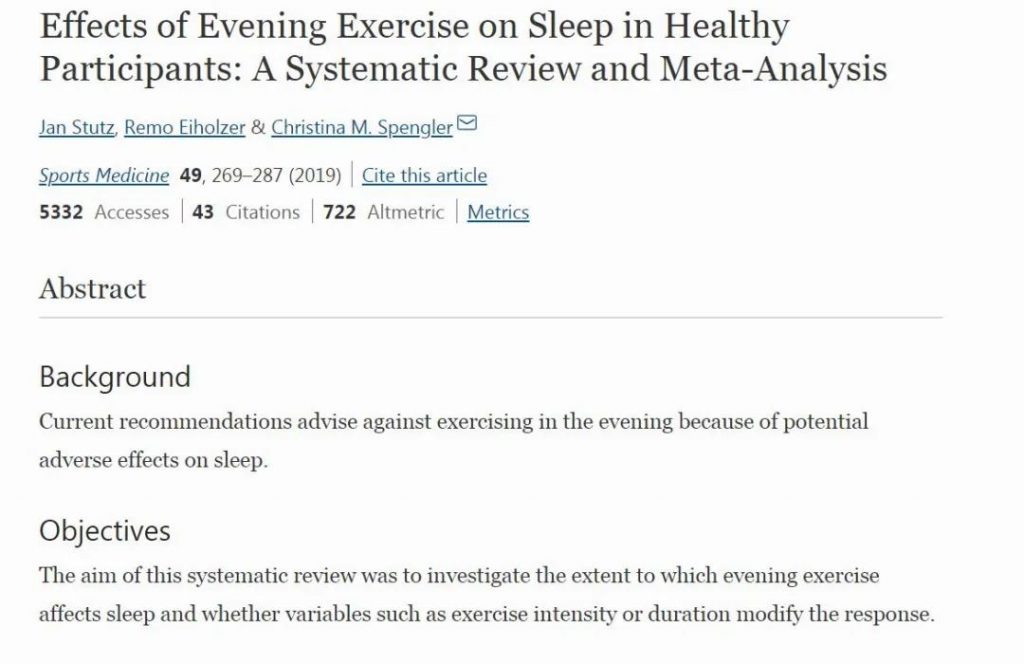
After analyzing 11717 literatures, the researchers finally selected 23 really valuable papers, meta-analyzed their data, and concluded that moderate exercise such as endurance running or cycling before going to bed will not have a negative impact on sleep, but will increase the time of deep sleep.
The researchers found that 21.2% of the sleep time of those who exercised for several nights was in deep sleep; If you don’t exercise one night, deep sleep will drop to 19.9%.
When is the most appropriate time to exercise in the evening?
An experiment conducted by Charles Stewart University in Australia found that 30 minutes of exercise in the evening not only did not affect sleep, but also reduced hunger.
The researchers conducted three tests on 11 participants to test their sleep and appetite after exercise in the morning (6-7 o’clock), afternoon (2-4 o’clock) and evening (7-9 o’clock).
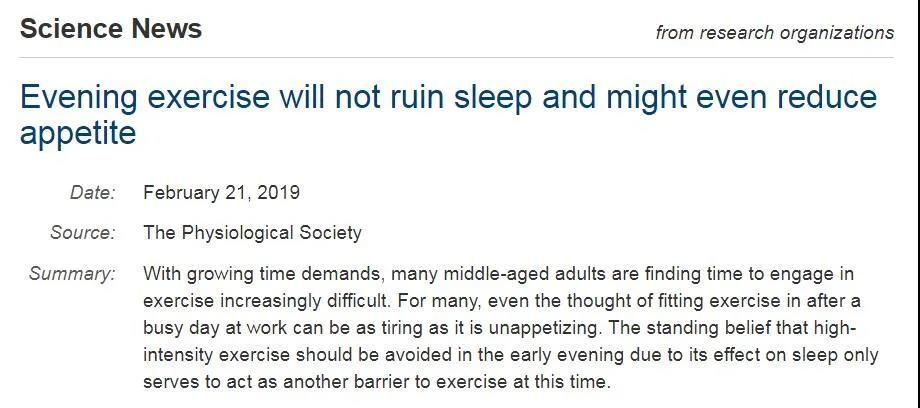
The researchers found that exercise at 7 ~ 9 p.m. not only had no adverse effect on sleep, but also the concentration of ghrelin in the blood of the subjects was low. The study also stressed that short-term single exercise may not be associated with reduced hunger, but exercise at 7 ~ 9 p.m. did not impair sleep quality.
Exercise can counteract the harm of poor sleep
Exercise can not only enhance the quality of sleep, but also slow down the negative impact of poor sleep on the body.
A study published in the British Journal of sports medicine shows that exercising at or above the recommended amount per week may offset the serious health hazards caused by poor sleep quality.
The results show that people with the worst sleep quality and the least exercise have the greatest risk of dying of heart disease, stroke and cancer. Based on this, the researchers believe that there may be some correlation between the two activities.
To further explore this issue, the researchers extracted the health information of volunteers participating in the UK Biobank study. Using these data, they observed the participants’ normal physical activity level every week.
The who exercise guidelines suggest that the best amount of exercise per week is 150 minutes of moderate intensity activity or more than 75 minutes of high-intensity physical activity. According to different physical activity intensity, participants were divided into three groups: high intensity group, medium intensity group and low intensity group; Then the researchers assessed their sleep quality according to sleep type, sleep time, insomnia, snoring and daytime sleepiness.
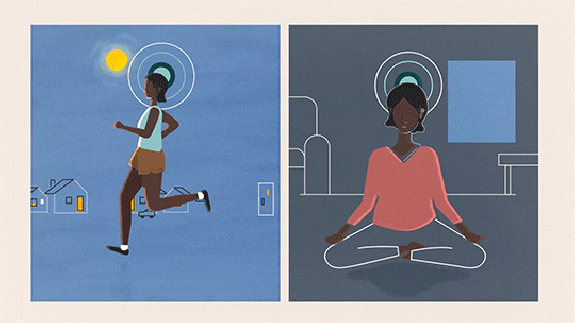
After 11 years of follow-up monitoring, it was found that the risk of all-cause death was 57% higher for people who did not have moderate or above physical activity and had poor sleep than those who had more physical activity and higher sleep scores. And these people have a much higher risk of dying from various cardiovascular diseases, cancer and lung cancer. Happily, for those with low sleep scores but high physical activity scores, the risk almost disappeared.
The researchers concluded that “physical activity levels that meet or exceed the amount of exercise recommended by who may eliminate the harm caused by poor sleep quality.”
Five exercise prescriptions are suitable for different groups
Long term moderate exercise has many benefits, such as controlling weight, improving sleep, improving physical function, prolonging life and so on.
Strength training
Weight control
When it comes to weight loss, many people think it’s OK to move more, but it’s not. For scientific weight loss, exercise is the first choice, but the key depends on how to move. Gou Bo said that strength training is the best way to lose weight.
Strength training can strengthen muscles, develop muscles and improve the basic metabolic rate.
The basic metabolic rate refers to the number of calories a person needs to consume to maintain the minimum calories required by his body for life when he is still. If a person’s basic metabolic rate is 1000 kcal, he will consume 1000 kcal even if he doesn’t move all day. Weightlifting and barbell lifting are relatively simple strength training.
The American Heart Association recommends that healthy adults do strength training for 30 to 45 minutes at least twice a week.
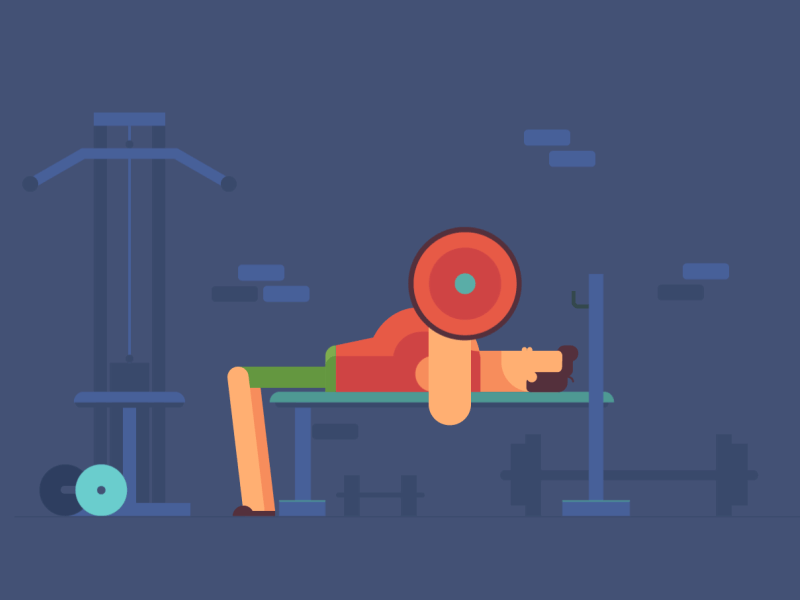
Strength training can also be combined with some food, which can not only provide necessary nutrition and help the body recover during exercise, but also reduce the risk of muscle spasm. Gou Bo suggested that you might as well eat almonds, bananas, whole wheat bread, yogurt, apples and other foods before exercise.
Reminder: strength training should also have a degree. The elderly and minors are not suitable for strength training with large amount of exercise.
Competitive sports
Sleep soundly
Sleep is the protective mechanism of cerebral cortical cells, that is, when the nerve is “tired”, it needs conversion rest. The key to “stimulating” nerve conversion is movement.
Lu Yifan said that appropriate sports can make people sleep better, especially competitive sports. These sports will make people feel tired and make the process of nerve excitation and inhibition alternate, which is conducive to sleep.
Young people can choose competitive ball games with high physical consumption such as football, basketball and volleyball;
The middle-aged and elderly can play taijiquan, do radio gymnastics, etc;
Children can take part in swimming, mountain climbing and other sports.
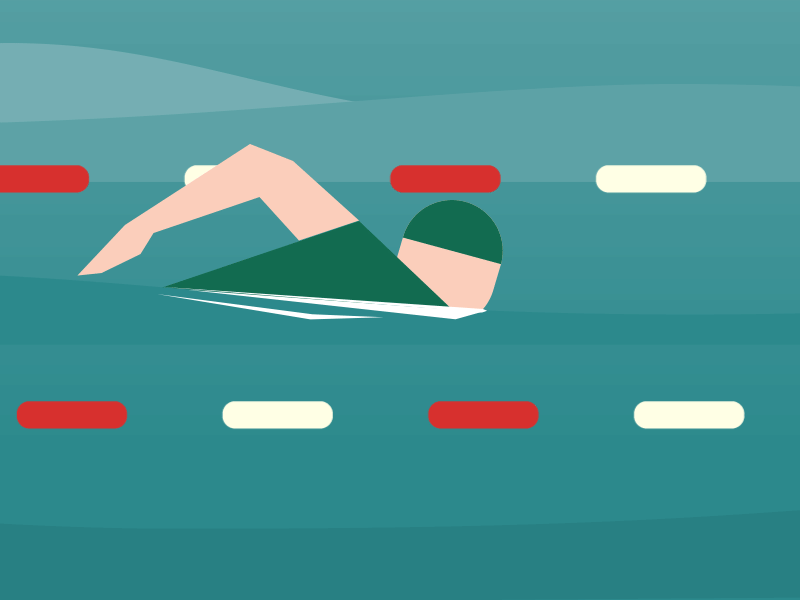
Reminder: exercise intensity should be well controlled. People with good physical strength can exercise for about 2 hours every day; Those with average physical strength can be arranged for 45 minutes.
Fragmented exercise
Strong heart and brain
Many people are busy with work and have no time for exercise. Most of them are inseparable from “sedentary”. The study on behavioral risk factors of the World Health Organization shows that sedentary is one of the important causes of death and disability.
Gou Bo suggested that you might as well make good use of your rest time after work. Try 5 ~ 7 minutes of fragmented exercise every day, which will bring back “vitality” to your body. Such as push ups, squats, high leg lifts in place, front lunges, etc. are good choices. Do 1 ~ 2 groups each time, 20 ~ 30 times in each group.
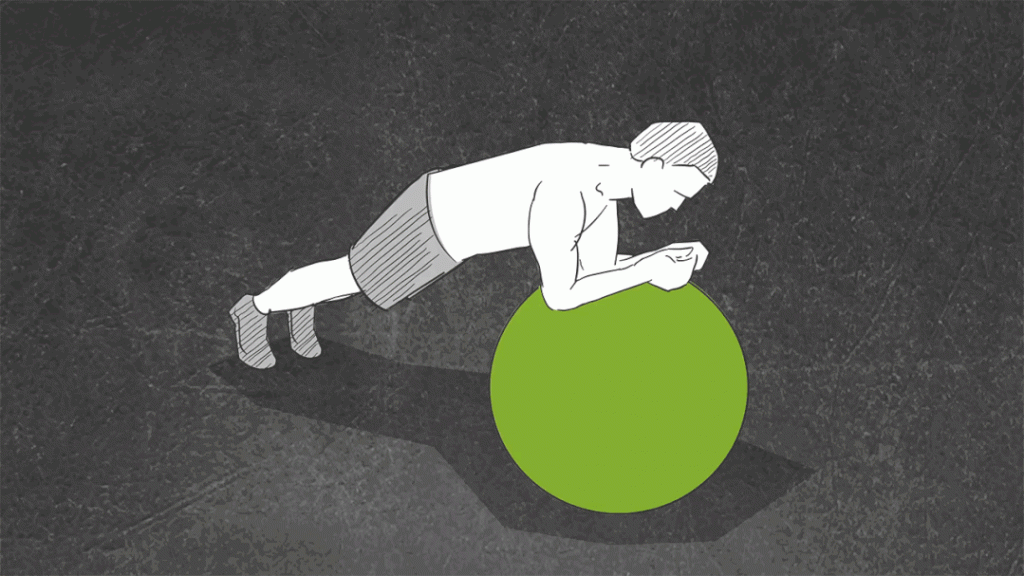
These fragmented movements can not only accelerate blood circulation and improve cardiopulmonary function, but also stimulate the brain. When they are put back into work, they will be more efficient.
Reminder: those who do these exercises for the first time and the middle-aged and elderly can do them step by step. Don’t do 20 ~ 30 at one breath to avoid accidents due to excessive exercise.
Aerobic exercise
Light up the mood
A study by Florida State University and the University of Illinois at champagne shows that aerobic exercise can improve people’s mood, help relieve mental stress and protect health.
Restless and vigorous walking: strenuous exercise is easy to hurt people, which can be alleviated by walking. The scenery along the way and the cicadas in the trees will make people feel comfortable and help release bad emotions.
Swim when you are depressed: you will feel relieved, relaxed and free in the water, and the depressed mood will “die with the wave”.
Too much pressure to do yoga: the coordination between body stretching and breathing can fully stretch and relax the body and mind.
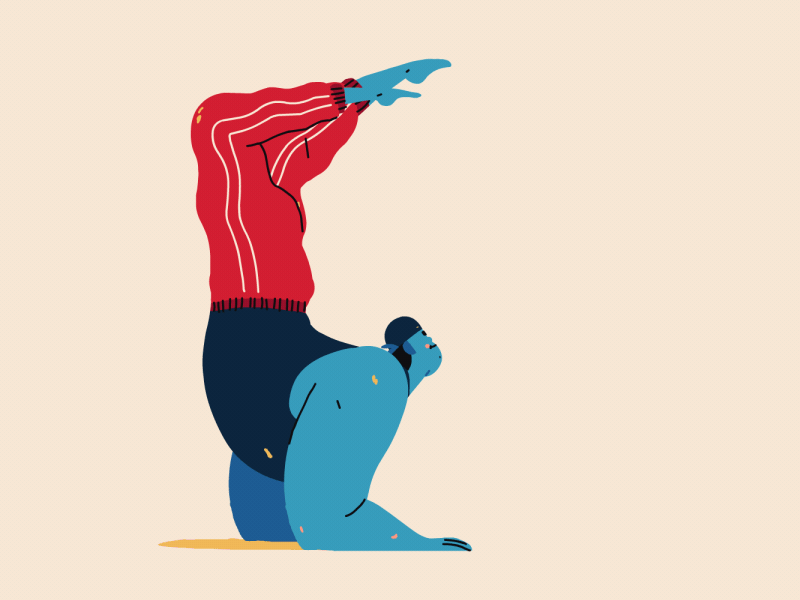
Skill sports
Increased flexibility
Statistics show that falls have become the number one “killer” leading to the disability of the elderly. To prevent falls, the ability of reaction, balance and coordination is very important. Lu Yifan believes that some skilled sports can not only improve physical quality, but also improve the sense of balance, response level and coordination, so as to keep the elderly away from falls.
Small ball exercise response
Reaction ability is the brain’s response to external stimuli and the body’s response to brain commands. Small ball movement confrontation is relatively weak, but the rhythm is fast. It requires the hand and brain to maintain a high degree of consistency. Regular participation can improve the reaction speed. Badminton and table tennis are good choices.
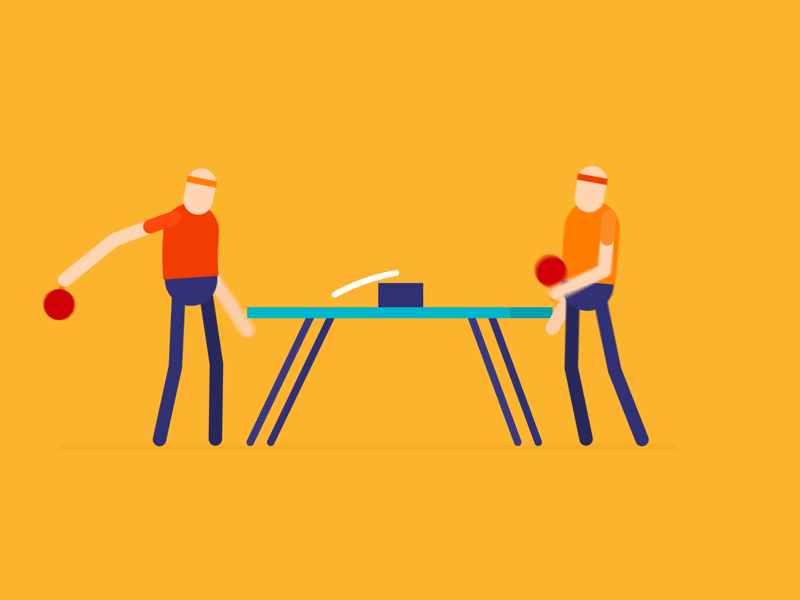
Dance to practice balance and coordination
At present, the popular square dance “swings” with the rhythm of music, which is a balanced and coordinated comprehensive “interpretation”. In addition, daily single leg standing can also achieve the same effect: when doing this action, there must be a support around. In case of instability, you can help to avoid wrestling.
You can also practice the center of gravity transfer. First transfer the center of gravity to the left, then return to upright in a while, and then transfer the center of gravity to the right, which is conducive to gait coordination and balance.
Comments